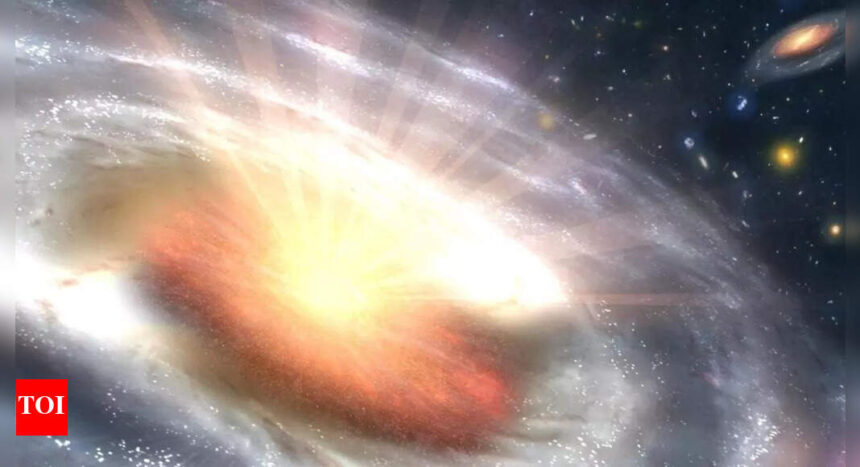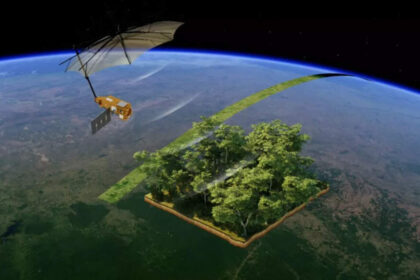The Black Hole Bomb Theory: A Fascinating Insight into Space-Time Dynamics
In the realm of theoretical physics, the "Black Hole Bomb" theory, first proposed in the 1970s by brilliant scientists Roger Penrose and Yakov Zeldovich, has captivated minds with its intriguing concept. This theory posits that the rotational energy of a black hole could be harnessed and amplified, potentially leading to a catastrophic explosion similar to a bomb.
The core of the Black Hole Bomb theory lies in the phenomenon of "frame dragging," where the rotation of a black hole warps the surrounding space-time. This effect, often compared to the experience of traveling on a conveyor belt, causes nearby particles to be pulled along with the black hole’s rotation. This process can transfer energy to particles moving in the direction of the black hole’s rotation, making it a fascinating yet hypothetical concept.
For years, the Black Hole Bomb theory remained a theoretical construct, never put to the test or proven through experiment. However, a groundbreaking study led by Marion Cromb and her team at the University of Southampton has changed all that. In their lab, the team employed a rotating aluminum cylinder enclosed by rotating magnetic fields. By altering the rate of rotation of the magnetic fields relative to the cylinder, they were able to observe changes in the energy dynamics of the system.
The test results were sensational. When the spinning cylinder spun faster than the external magnetic field, the energy of the system increased. Conversely, when the magnetic field spun faster than the cylinder, energy levels plummeted. This experiment successfully simulated conditions around a black hole’s event horizon, demonstrating the Black Hole Bomb theory in the laboratory.
Cromb’s team released their results on the scientific preprint server, arXiv, making this new evidence available to the wider scientific community. This discovery marks a major breakthrough in black hole research, allowing scientists to explore the hypothetical energy of black holes without the need for direct observation or manipulation.
This breakthrough not only deepens our understanding of black holes but also opens up new avenues for research. By performing experiments on rotating cylinders and magnetic fields, scientists can mimic and investigate phenomena in the ergosphere of a black hole, the area just outside its event horizon. While this finding itself does not imply that black holes would or could be used as weapons or in day-to-day technology, it provides a new understanding of one of the universe’s most mysterious and potent forces.
The implications of this discovery are far-reaching, paving the way for further research into the workings of black holes and potentially new advancements in the years ahead.








